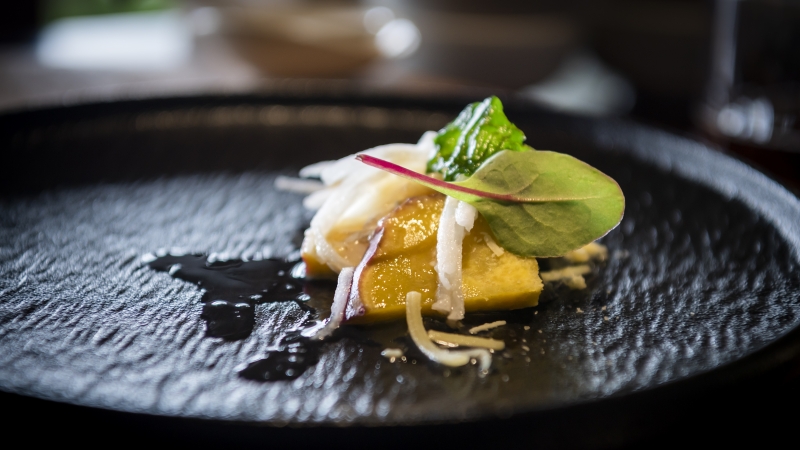Over the decades since the 1960s, street food in Seoul, the capital of Korea, has gone through a creative and rich journey. From the early days, there were only traditional dishes such as rice cakes, toast, roasted chestnuts and sweet potatoes... But today, with the appearance of new dishes such as cheese tteokbokki and cheese sausage, Seoul's street food has become more diverse and attractive than ever.
"Exporting" culinary culture around the world
The Hallyu wave has not only brought the world great dramas and songs, but also an extremely effective campaign to promote Korean cuisine. Food companies and restaurant chains have cleverly used the appeal of stars and culinary scenes in movies to stimulate the visual and taste buds of the audience.
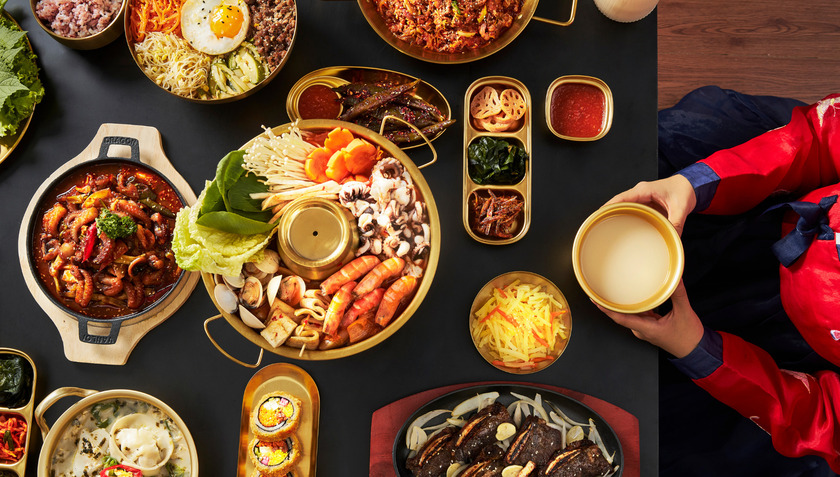
Starting out as an agricultural country, Korean dishes are imbued with the flavors of plants, earth, and sky.
Social media has become a powerful tool to promote Korean cuisine. Images of K-pop artists enjoying traditional dishes and short videos introducing simple recipes have attracted millions of views and shares. Hashtags such as #Kfood, #KoreanFood, #먹스타그램 (#먹스타그램 means "Food Instagram" in Korean) are becoming increasingly popular, creating culinary trends around the world. In addition, the interaction between artists and fans through social media platforms also contributes significantly to the spread of Korean culinary culture.
The movie "Parasite", which won the Best Picture award at the 2020 Oscars, helped pave the way for Korean cuisine. With the prestigious Oscar, "Parasite" has taken Korean cuisine to a new level. The Chapaguri noodle eating scene is not only an impressive scene but also a typical example of the power of cinema in promoting culture. The appearance of Chapaguri on the big screen has made this dish a global phenomenon, loved and sought after by many people.

The hit noodle dish in the movie
After the drama's release, Nongshim launched a new product in 20 countries combining Chapagetti and Neoguri noodles into "Chapaguri" noodles. The dish went on to become a huge hit, appearing on the shelves of American retail giants like Walmart and Kroger, generating worldwide sales of 30 billion won ($25.5 million).
"As Korean entertainment content reaches a wider audience, the popularity of Korean consumer goods has increased. TV dramas have helped boost people's interest in our country's food, cosmetics and fashion," said a spokesperson for the government-affiliated Korea Trade-Investment Promotion Agency (KOTRA).
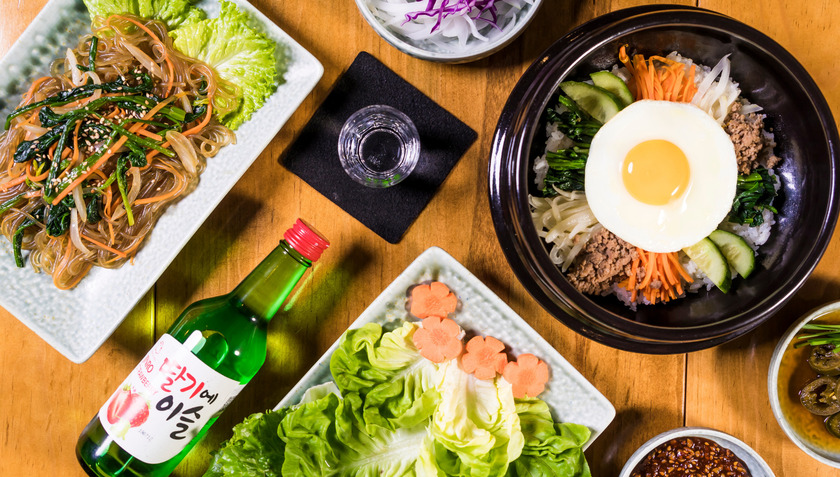
Koreans always know how to take advantage of promoting their country's culinary culture.
"This is the result of our efforts to promote Korean food culture to the rest of the world," a government official said.
Yin and Yang - Five Elements in Korean Cuisine
The five main colors in Korean dishes are black, red, blue, white, and yellow. And according to Korean beliefs, these five colors represent the five elements, each color has a different symbolic meaning. The full combination of these colors in cuisine not only helps to harmonize yin and yang but also helps to balance all things.
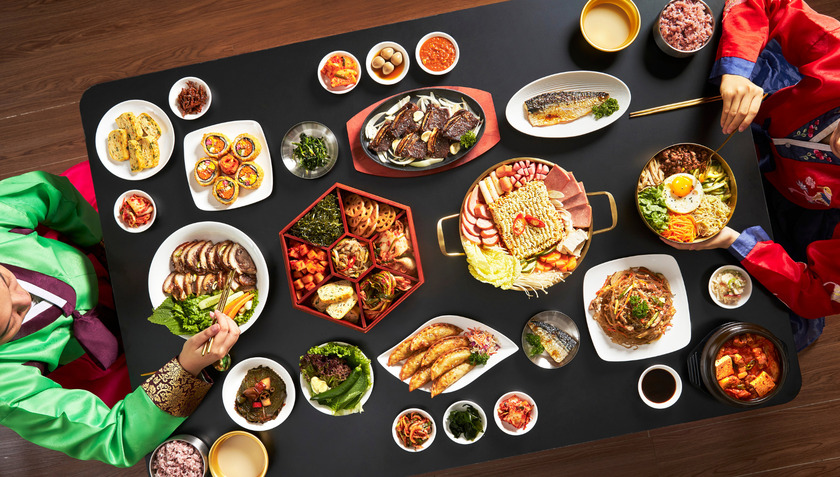
The unique feature of Korean culinary culture is the subtle combination of traditional culture and impressive artistry.
The five colors black, red, blue, white, yellow represent the elements water, fire, wood, metal and earth, and these five colors also represent the directions north, south, east, west and center. In addition, these five colors also represent the five flavors salty, bitter, sour, spicy, sweet and any dish with these five flavors will be more delicious.
Obangsaek has a strong influence on Korean cuisine. People here believe that delicious food is not a delicacy but good for health. For example, kimchi is made from only vegetables but there are dozens, hundreds of different types, ensuring to improve the health of the eater. Usually, Koreans also pay attention to the decoration and presentation of dishes, always following the Obangsaek rule, with all 5 main colors.
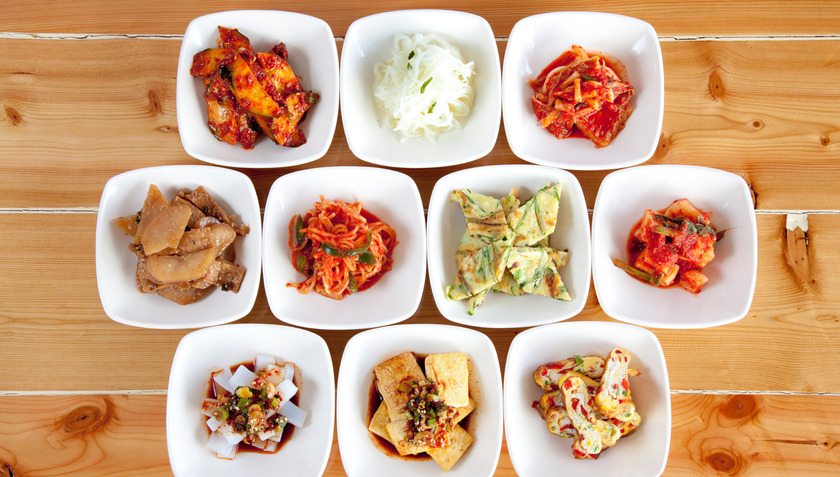
The full combination of these colors in cuisine not only helps to harmonize yin and yang but also helps to balance all things.
Korean cuisine bears the mark of Obangsaek and especially the familiar, famous dishes of the kimchi land. A typical example is the rice roll dish, which follows the five-color philosophy including black from seaweed, red from carrots, green from cucumbers, white from rice and yellow from eggs. A dish that is traditional and symbolic and also imbued with the Obangsaek philosophy, adds even more meaning.
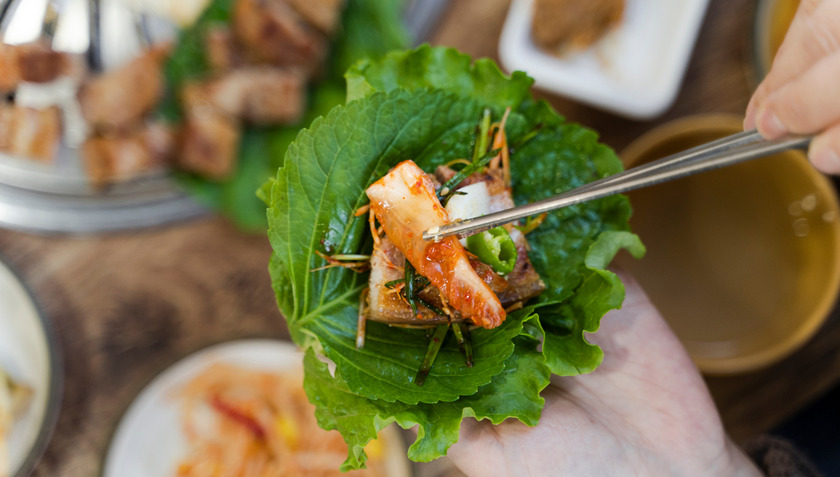
Red includes red foods such as red chili, red pepper... Foods that help nourish the blood and promote better blood circulation.
A traditional dining table with more dishes than usual partly shows that Korea is a nation rich in resources, they are tall and need to eat a lot to survive the harsh weather of the North. And a full dining table also shows the family's fulfillment and hospitality, ready to bring the best dishes to treat their guests.
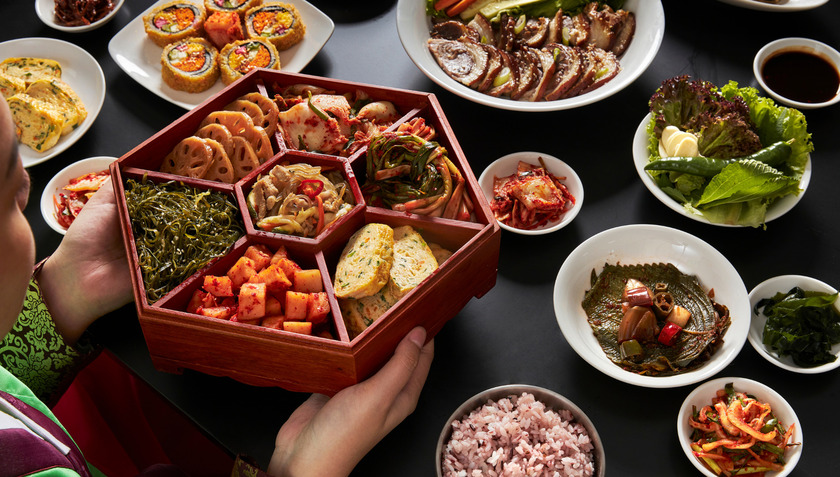
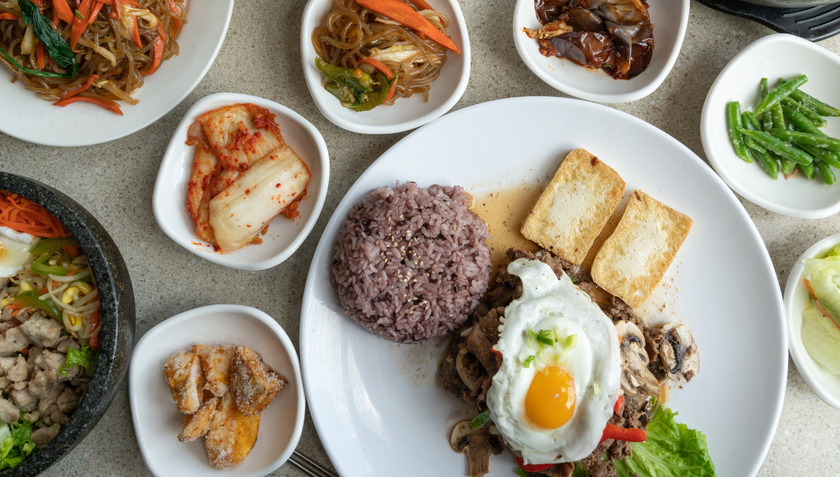
Through many centuries of research and development, Eastern people have generalized the sets of five attributes corresponding to the five elements (five organs, five bowels, five senses, five substances,...)
Korean cuisine is not only a part of daily life, but also a unique cultural symbol. Each dish carries within it a historical story, a cultural beauty and a national spirit. From spicy kimchi, fragrant grilled meat to refreshing soups, all reflect the diversity and richness of Korean cuisine. By enjoying the cuisine, we not only experience unique flavors but also have the opportunity to explore deeper into the soul and culture of the Korean people.







